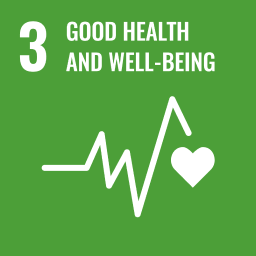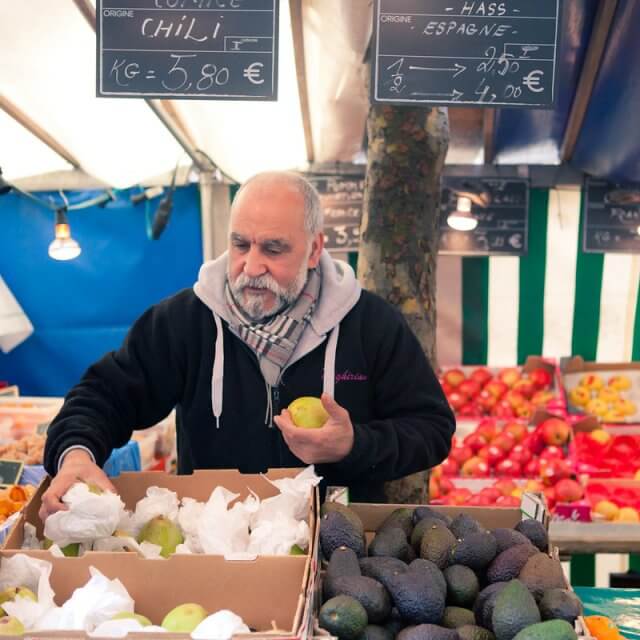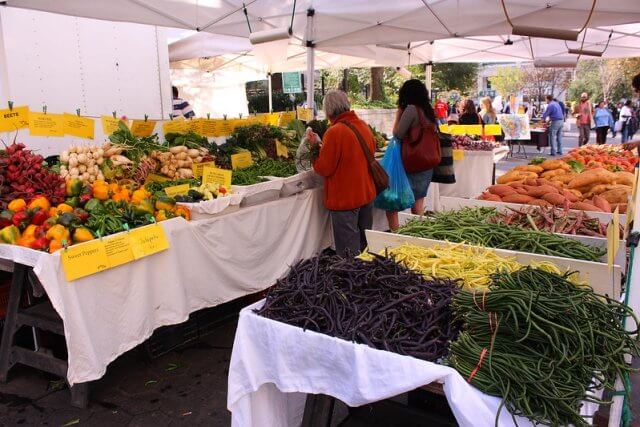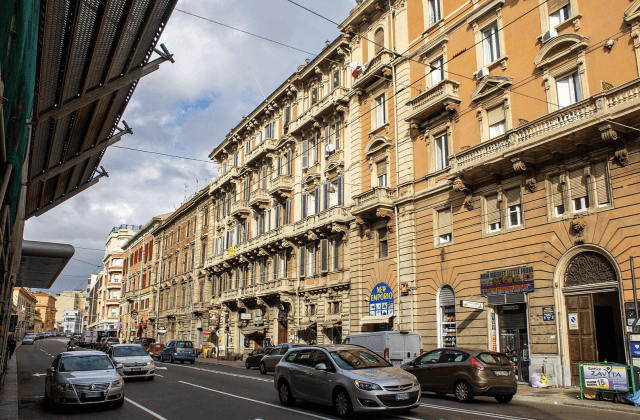The action and its aims
Baltimore introduced the Grocery Store Incentive Area Personal Property Tax Credit, under which new grocery stores opening in an identified food desert (aka ‘Healthy Food Priority Area’), or existing ones making upgrades, can benefit from an 80% credit against personal property tax for 10 years. The scheme is part of the Baltimore’s Food Desert Retail Strategy and was voted in as policy by the Baltimore City Council. The aim is to incentivise grocery operators in underserved areas of the city, improving residents’ physical access to food.
When it was introduced
The policy was introduced in 2016.
Why it was needed
It was needed because one in four Baltimore residents – and almost one in three children – live in food deserts; poor access to healthy food means they are at greater risk of diet-related ill-health. High property taxes affect the commercial viability of grocery stores, as profit margins tend to be very low.
Who initiated it, who is involved
The action was initiated by the Baltimore Food Policy Initiative, a collaboration between the Department of Planning, the Office of Sustainability, the City Health Department, and the Baltimore Development Commission. Johns Hopkins University and the Department of Planning created the Food Environment Map for determining incentive areas.
Impacts to date
Between 2016 and early 2018 the policy resulted in the construction of at least one new supermarket in an area of East Baltimore, bringing access to healthy food to 5,000 residents.






